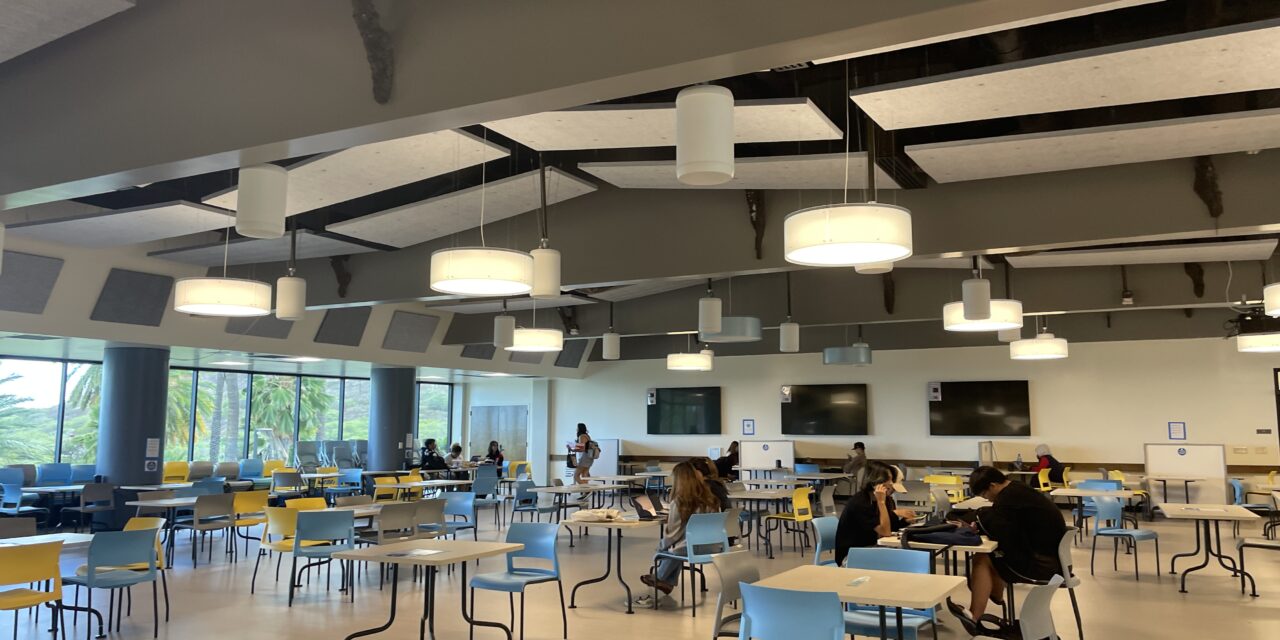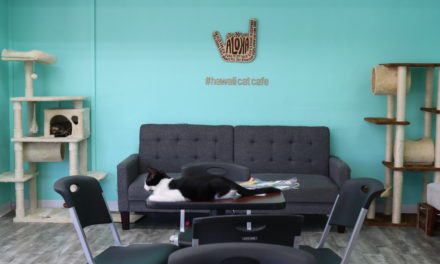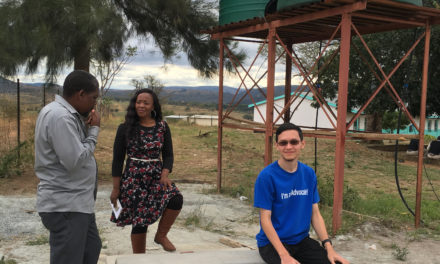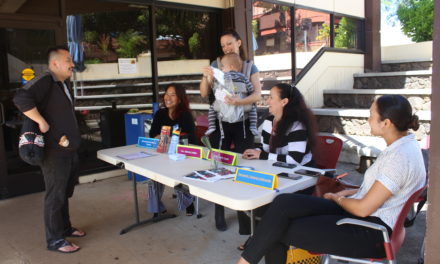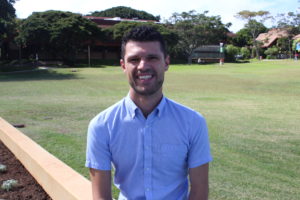KCC offers seven education programs for students who want to be teachers and encourages those interested to reach out for more information. (Photo by Cameron Enomoto)
By Cameron Enomoto | Staff Writer
Professor Veronica Ogata, the head of the KCC Education Department, developed a love for teaching and education from childhood in Hanamaʻulu on Kauaʻi. Her sister grew up in special education because of a disability, and her mother struggled with a mental illness as well as disabilities. As a result, Ogata became fascinated with how she could help them both.
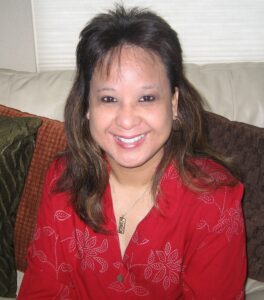
Veronica Ogata is the head of the education program at KCC and continues to help students strive for excellence and reach their professional goals. (Photo courtesy of Veronica Ogata)
“I already knew that I was going to be a special education teacher because that was my life,” said Ogata.
Ogata, who has worked at KCC for over 20 years, completed her Bachelor of Science in Family and Human Development, followed by her master’s in Special Education and a Ph.D. in Education focused on families who have children with disabilities, all of which were completed at UH Mānoa. Prior to working at KCC, Ogata taught in various classrooms though one of her favorite experiences was helping teachers and teaching assistants adjust to inclusion in classrooms.
“When inclusion came on, everyone was going ‘what do you mean I have to have children with disabilities in my classroom?’ and vice versa,” said Ogata. “My job was to help teachers and educational assistants throughout the state see the beauty in working together and helping students learn.”
As she transitioned into her position at KCC in 2001, Ogata realized that there were no specific education courses being offered to students. This prompted her to not only build a program for students but to also build degrees. The No Child Left Behind Act guided the direction for degrees, and students were first offered an Associate of Science degree. Upon completion, this would allow students to immediately join the workforce since there was a shortage of educational assistants at the time.
Shortly after the A.S. degree was introduced, Ogata found that there were many students interested in becoming teachers as well. The Associate of Arts degree for Liberal Arts in Education was created to help those students transfer to the University of Hawaiʻi at Mānoa and continue to pursue their interests.
“When the education program first began, we had a handful of students who declared education as a major,” said Ogata. “What I later found out was that there were so many more interested students that weren’t able to find the program.”
In the last 20 years, the program has grown and now includes about 100-150 students. While the enrollment numbers are on the smaller side in comparison to Leeward Community College, whose program has over 400 students, KCC is able to transfer the most students to university, according to Ogata.
“As the head of the education program at KCC, my job is to make my students the best candidate so that when they are applying to the College of Education [at Mānoa), there is no doubt in their mind that our KCC students are first because of the skills and preparation that they have,” said Ogata. “One of the unique things about our education program is that several of our 200-level courses are equal to Mānoa’s 300- and 400-level courses so that when students go there they don’t have to retake it.”
It took years to reach an agreement with the college of education at UH Mānoa regarding course difficulty and requirements, though it is an appreciated effort that benefits students looking to continue their studies. There are currently seven degrees in Education being offered at KCC, with elementary education being the most popular field. While students continue to show an interest in teaching, recognizing the issues within the system and working to solve them has been another aspect of Ogata’s profession.
“We have about 60,000 of our children who are being taught by unqualified teachers,” Ogata said. “We’re trying to fill the gap of our teacher shortage, but it doesn’t make sense to put someone unqualified in the classroom. When we resort to having custodians, cafeteria workers, or people who are not qualified teach students, we’re in a crisis.”
According to KITV, the Hawaiʻi Department of Education is approximately 1,000 teachers short this year, and all the education programs across the state are only producing about 300-400 teachers a year. Right now, the challenge is trying to decrease the teacher shortage and produce a greater number of quality teachers for our future generation. Additionally, the state of Hawaiʻi continues to recruit teachers from the mainland, oftentimes paying them more than what local teachers make in a year.
“I’ve become even more worried when the state suddenly finds money to pay people who are not from here and struggles to give our teachers the pay that they deserve,” Ogata said. “I just want our teachers in Hawaiʻi to get recognition and good pay. Slowly our state has been moving towards that. Some teachers have been getting extra if they work in certain districts and there was a pay raise as well. However, we’re nowhere near where our counterparts are.”
Ogata said that advocacy has been a huge part of her journey in education, and she continues to make efforts to support teachers and students throughout their endeavors.
“It’s wonderfully crazy,” she said. “I am so blessed and so fortunate to be able to wake up every day to a career that I absolutely love.”

